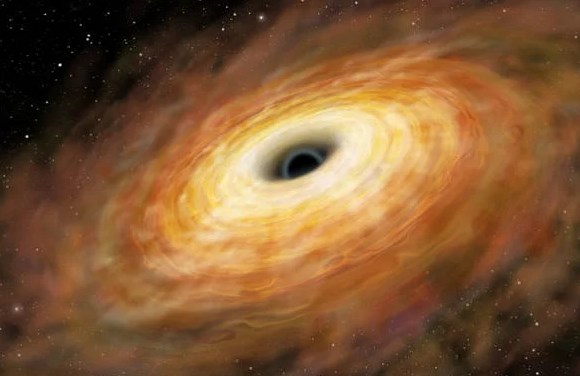Scientists Detect Radiation from Extra-Galactic Black Hole Source
Researchers from the U. R. Rao Satellite Centre (URSC) of ISRO and the Indian Institute of Technology Guwahati (IITG) have achieved a groundbreaking feat by detecting radiation from an extra-galactic black hole source. This unprecedented discovery, made possible through X-ray polarimetry, sheds light on the previously unknown aspects of extragalactic black holes, offering insights into the underlying physical processes.
Exploring the Large Magellanic Cloud (LMC)
The radiation emanates from the vicinity of an extragalactic black hole situated in the Large Magellanic Cloud (LMC), a smaller companion galaxy to the Milky Way. This marks the first time such emissions have been identified using X-ray polarimetry, presenting a significant leap in understanding the enigmatic nature of black hole sources.
The Unique Binary System: LMC X-3
At the center of this discovery is the binary system known as LMC X-3, comprising a black hole and a remarkably hot, large, and massive normal star—surpassing the Sun in size. Discovered by an orbiting X-ray telescope in 1971, LMC X-3 has been a subject of study for decades. The recent breakthrough comes courtesy of the Imaging X-ray Polarimetry Explorer (IXPE), NASA’s pioneering mission launched in 2021, designed specifically to study the polarization of X-rays from celestial objects.
New Insights Through X-ray Polarimetry
The researchers from IITG and URSC leveraged IXPE to investigate the X-ray polarization properties of LMC X-3, positioning it as an ideal cosmic laboratory. The results are marked by the detection of significant polarized emissions, believed to be a result of combined direct and/or reflected emissions from a partially ionized disc atmosphere. This novel approach using X-ray polarimetry provides a more sophisticated understanding of emission processes and object geometry.
Spin Analysis and Source Characteristics
In addition to the polarization findings, the scientists measured the spin of the black hole. Analyzing observations from the Neutron Star Interior Composition Explorer (NICER) Mission and Nuclear Spectroscopic Telescope Array (NuSTAR) Mission, they determined that the black hole exhibits a weakly rotating nature.
Month: Current Affairs - November, 2023
Category: Science & Technology Current Affairs








